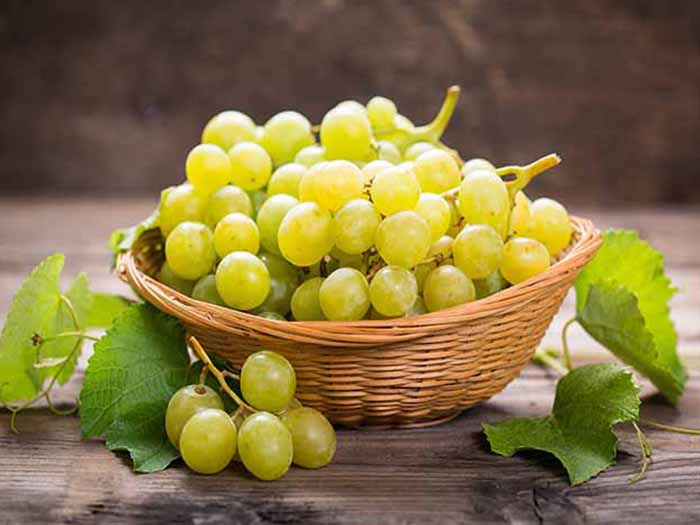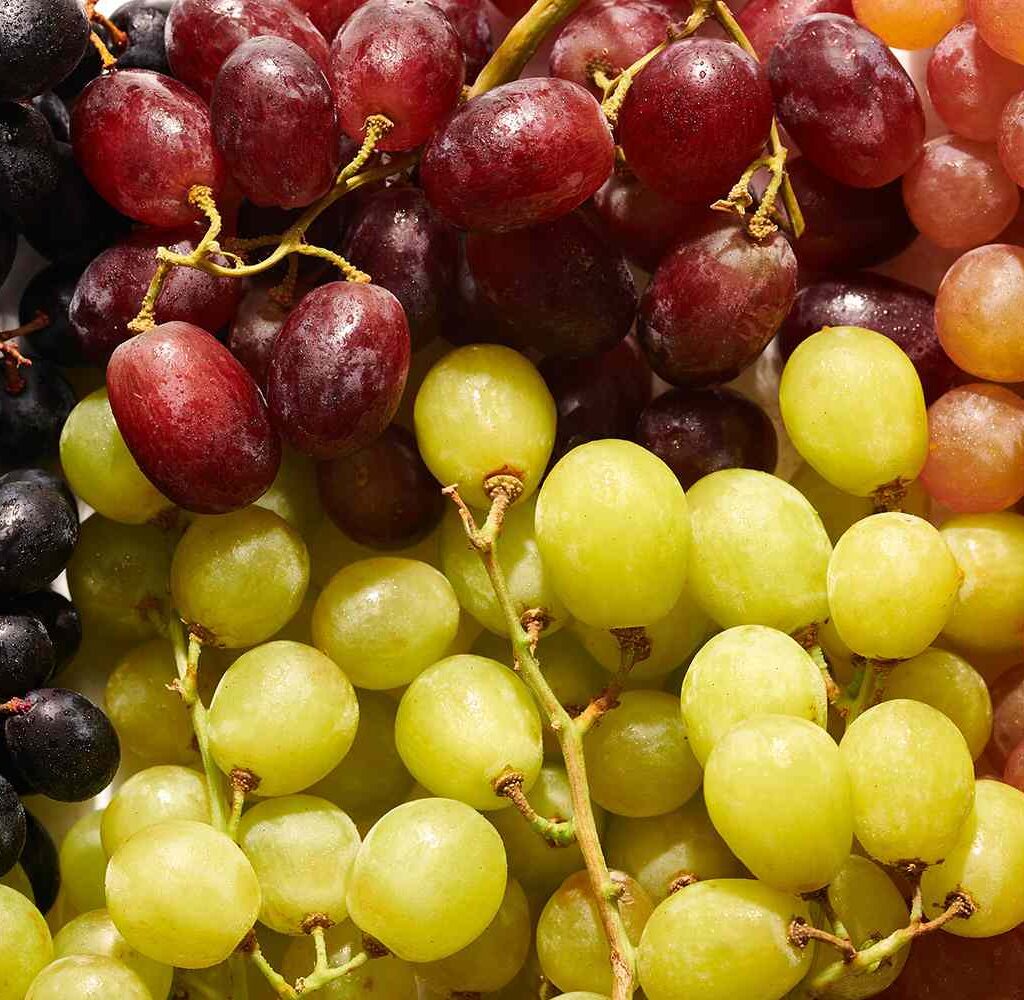Grapes — one of the most ancient and beloved fruits — have been cultivated for thousands of years, treasured both as fresh table fruit and as the essential ingredient in wine production. From bustling European vineyards to sprawling orchards in the Americas and sun-soaked valleys in Asia, grapes are a major player in the global fruit trade.
But which country takes the crown when it comes to exporting the largest quantity of grapes to the world? Let’s explore the leading exporters, market trends, and why this one country has managed to hold the top spot consistently in the global grape export industry.
The Global Grape Market at a Glance

Grapes are one of the most widely cultivated fruits globally. According to the Food and Agriculture Organization (FAO), the world produces over 78 million metric tons of grapes annually. While a significant portion is destined for wine production, the fresh table grape market has seen remarkable growth thanks to rising global demand for healthy, convenient, and flavorful fresh produce.
In 2023:
- The global grape export market was valued at over $7 billion USD.
- Over 4.5 million metric tons of fresh table grapes were traded internationally.
- Major importers include China, the United States, Germany, the United Kingdom, and Russia.
Which Country Is the Largest Grape Exporter in the World?

Chile proudly holds the title of the largest grape exporter in the world, particularly in the category of fresh table grapes.
Chile’s Grape Export Performance:
- In 2023, Chile exported around 700,000 metric tons of fresh table grapes.
- This accounted for about 16% of total global grape exports.
- Export earnings from grapes reached approximately $900 million USD, making grapes one of Chile’s top fruit exports.
Chile has consistently topped global fresh grape export rankings for several years, although other countries like Peru, South Africa, and the United States have started to close the gap.
Why Chile Leads in Grape Exports
Several important factors contribute to Chile’s dominance in the global grape export market:
Southern Hemisphere Advantage
As with cherries, Chile’s Southern Hemisphere location enables it to harvest grapes from December to April, providing fresh fruit during the Northern Hemisphere’s off-season. This gives Chilean grapes a competitive edge in major markets like North America, Asia, and Europe during their winter months.
Ideal Climate and Geography
Chile’s long, narrow geography offers a range of climates and altitudes, which creates excellent growing conditions for a wide variety of grapes. Regions such as the Atacama, Coquimbo, Valparaíso, and O’Higgins Valleys provide ideal microclimates for premium grape production.
Sophisticated Agricultural Practices
Chilean grape growers have invested heavily in:
- Drip irrigation systems
- Modern pest management
- Shade netting
- Selective breeding and varietal diversification
Popular Chilean grape varieties include Red Globe, Thompson Seedless, Crimson Seedless, Sugraone, and new premium varieties designed for export markets.
Well-Developed Export Infrastructure
Chile boasts modernized ports, efficient cold-chain logistics, and established export routes to Asia, North America, and Europe. Specialized post-harvest facilities ensure grapes are rapidly cooled, packaged, and shipped to maintain peak freshness.
Other Leading Grape Exporters

Though Chile leads the pack, several other countries also play pivotal roles in the global grape export market:
Peru
- Exported over 580,000 metric tons of grapes in 2023.
- Grape exports have surged in recent years, with Peru becoming a top supplier to China, the U.S., and Europe.
- Known for rapid growth and focus on premium, seedless varieties.
South Africa
- Shipped around 360,000 metric tons in 2023.
- Major destinations: UK, Germany, Netherlands, and Middle East.
- Renowned for high-quality seedless grapes like Sweet Celebration, Autumn Crisp, and Midnight Beauty.
United States
- Exported approximately 350,000 metric tons in 2023.
- Major growing regions: California’s Central Valley, which produces nearly 99% of U.S. table grapes.
- Key markets: Canada, Mexico, Taiwan, Japan, and South Korea.
India
- An emerging player with exports surpassing 300,000 metric tons.
- Specializes in Thompson Seedless and Sharad Seedless.
- Primary markets: European Union, Middle East, and Russia.
2023 Global Grape Export Rankings
| Rank | Country | Export Volume (metric tons) | Export Value (USD) | Market Share (%) |
|---|---|---|---|---|
| 1 | Chile | 700,000 | $900 million | 16% |
| 2 | Peru | 580,000 | $1.36 billion | 13% |
| 3 | South Africa | 360,000 | $750 million | 9% |
| 4 | United States | 350,000 | $810 million | 8% |
| 5 | India | 300,000+ | $370 million | 7% |
Current Trends in the Global Grape Market

Shift Towards Seedless Varieties
Consumer demand for seedless grapes has risen sharply, particularly in Europe, North America, and Asia. Exporters in Chile, Peru, and South Africa have increased plantings of premium seedless cultivars.
Asia’s Growing Appetite
Countries like China, Vietnam, South Korea, and Japan have shown strong growth in grape imports, driven by rising middle-class incomes and health trends.
Improved Cold-Chain Logistics
Advanced storage and refrigerated shipping systems are allowing exporters to maintain grape freshness during long-haul sea journeys, opening up new markets further afield.
Sustainable Farming Practices
Many exporters are adopting eco-friendly farming methods, including reduced pesticide use, water-saving technologies, and organic certifications to meet international sustainability standards.
The Future of Global Grape Exports

The global table grape trade is expected to maintain steady growth over the next five years:
- Global grape exports are forecast to exceed 5 million metric tons by 2026.
- Peru and India are projected to further expand their market shares.
- China’s domestic production is growing, but rising demand ensures continued reliance on imports, especially during off-season periods.
Chile remains well-positioned to maintain its leadership in grape exports, thanks to its early harvest season, high-quality produce, and established presence in premium global markets.
Conclusion
Chile is the world’s largest grape exporter, commanding around 16% of the global fresh table grape market. With its favorable climate, Southern Hemisphere advantage, advanced agricultural practices, and well-developed logistics infrastructure, Chile consistently delivers high-quality grapes to markets around the world.
While countries like Peru, South Africa, the United States, and India are significant players and rapidly growing competitors, Chile’s combination of experience, infrastructure, and market access ensures it will likely retain its leadership position for years to come.
As global demand for fresh, healthy, and convenient fruit continues to rise, grapes — and particularly seedless varieties — are set to remain one of the most traded and consumed fruits worldwide.





Leave A Comment